In need of some advice on what to wear in Italy? We all know that Italians have a reputation as being one of the most style-conscious and groomed nations, regardless of the season.
Italians are masters of mix-and-matching understated pieces to create season-appropriate and effortlessly chic ensembles that look like they’re straight out of Vogue. And they do so by favouring simple lines and natural hues.
If you’re visiting Italy, the good news is, you don’t need to hire a personal stylist to fix you up an Italian wardrobe. However, it is handy to have a basic understanding of Italian fashion and how it’s carried through each season. And that’s where I can help.
This guide will help you inject a little Italian style into your travel wardrobe while also staying true to your style. While it’s not a definitive list, this guide provides inspiration and practical advice on what to wear in Italy throughout the seasons.
Keep in mind that, while Italy enjoys a Mediterranean climate, its diverse landscape of valleys, mountains and coastlines, mean that you will experience seasons differently depending on where you are visiting. So, if you’re travelling up north, opt for an extra layer.
What to wear in Italy
There’s a popular Italian phrase, “Vestirsi a Cipolla” which translates to “dress like an onion.” Make this your mantra when packing for an Italian trip, especially if you’re visiting Italy during spring or autumn.
Before we get started, a word of warning: you should absolutely avoid Hawaiian print shirts, baggy khaki shorts, flip-flops, and baseball caps. Okay, we can feel you rolling your eyes through the screen, but these are serious fashion faux pas in Italy.
What to wear in Italy in the Spring
In Italy, spring makes its first appearance in March and reaches full bloom in April. Italy has shorter shoulder seasons because of its Mediterranean climate, yet travel to Italy in March or April, and you’ll benefit from smaller crowds, reduced hotel rates and usually decent weather. But of course, there’s a trade-off: unpredictable weather. And it’s this unpredictable weather that makes travelling to Italy in spring tough to pack for.
As a rule of thumb, early spring feels like winter, especially in the North of Italy, while late spring calls for summer staples like shorts, tees, and sandals.
- Bottoms. Skinny jeans or capri trousers are stylish spring options for women. But remember, Italians tend to go high-end even with their denim – so keep ‘em rip-free! Men should typically avoid anything they might wear to the beach, gym, or football game, and instead opt for stylish loose linens or fitted chinos.
- Tops. Comfy, versatile and easy to layer, t-shirts or linen button downs are a solid spring staple. Although, keep them smart and leave your retro band tees at home. Linen button downs and fitted polo shirts are also great options for style-conscious men.
- Outwear. A lightweight rain jacket is worth the luggage space on a spring holiday to Italy. If you’re travelling in the north of Italy, you may need something a little warmer.
- Layers. Your high-performance fleece just won’t cut it in Italy. When the temperatures drop, layer up with a stylish lightweight jacket or blazer.
- Shoes. Expect to walk a lot in Italy, even in the rain, so you’ll need shoes that can stand up to the wet weather. Leather ankle boots or waterproof sneakers are both great choices.
- Accessories. Complete your daytime look with a silk scarf. Or, if you’re heading to the mountains, you may want to opt for the full set of thermals: hat, scarf and gloves.
- Swimsuit: It could still be a little chilly in spring, but swimsuits take up very little room, so it’s worth throwing it in.
What to wear in Italy in the Summer
Summer in Italy can be steamy, so it’s really important to pack well. In the peak of the summer, you can expect highs of 30-40°C (86-104F), with temperatures dropping to the low 20s (70F) in the evening. Summer in Italy sees very little rainfall, so, unless you’re visiting the mountains, you can leave your waterproofs at home. So, what should wear in Italy during summer?
- Bottoms. Denim shorts are a summer staple in every corner of the world, right? Wrong. You’ll rarely see Italian women wearing shorts. Keep it cool and opt for a floaty maxi skirt. Although, slim fit chino shorts are great versatile option for men.
- Tops. Italian women show skin in the summer, but tastefully. Strappy and off-the shoulder tops are must-pack items, but remember: revealing tops shouldn’t be worn when visiting religious sites.
- Dresses. Italian summer dresses are bright, light, and offer respite from the humidity. Dresses are also perfect for taking you from day to night without having to trek back to your hotel room.
- Shoes. Getting lost down the cobblestone streets is one of the most exciting parts of any Italian holiday. That’s unless you’re wearing your cute Kurt Geiger heels. But comfort doesn’t always mean sacrificing style. Match your shift dress with a pair of converse or opt for some breathable sandals. My Tom’s sandals have carried me from city to city and can be worn with just about anything. Flip-flops are a no-no outside the beach.
- Swimwear. Don’t forget your statement bikini and a poolside pull-over. Think bold 70s florals and big ruffles.
- Handbag. A stylish handbag should be big enough to fit your camera, phone, small wallet and jumper, yet small enough not to weight you down. If you have to choose just one bag, perhaps leave the fuschia pink purse at home and opt for a neutral colour like black, navy or tan. This advice goes for men, too. Italian men aren’t afraid to carry a man bag.
- Backpack. Because sometimes your cute handbag needs to be ditched for something more practical. If you’re planning to hike or head to the beach, a backpack is a must-have essential.
What to wear in Italy in the Autumn
Autumn is the perfect time to visit Italy. Not too hot, but still warm during the day. Not crowd-free, but definitely fewer tourists and therefore lower hotel rates. However, like spring, autumn is a transitional season with unpredictable weather which can cause a conundrum when it comes to packing.
While September is often as warm as August, October can be chilly and November sees Italy’s highest rainfall. So, exactly how do you prepare for the ever-changing and unpredictable weather that autumn in Italy brings without packing your entire wardrobe? The Italian suggestion to “dress like an onion” is the perfect rule of thumb to follow when dressing for Italy’s autumn.
- Bottoms. Bring a pair of stretch jeans or black leggings – perfect for hiking or exploring in comfort.
- Tops. T-shirts and tank tops are still in play during early autumn, especially in Italy’s south. A light cotton or denim jacket will keep you warm when the October chill sets in.
- Outwear. Don’t let spring showers dampen your sightseeing. Bring a lightweight rain jacket to keep your spirits high and your clothes dry when the weather swings from nice and crisp to rainy and foggy.
- Shoes. Again, avoid soggy feet when sightseeing with waterproof tennis shoes or leather booties.
- Hiking Gear. Autumn’s cooling temperatures make it the perfect time to hit one of Italy’s scenic hiking trails. Nobody wants to see, or be, the tragic tourist hiking Vesuvius in a pair of flip-flops. A good pair of hiking boots is key if you’re planning to go hiking in Italy. While you’re at it, pack a hat, some lightweight shorts or leggings, and a cotton tee.
What to wear in Italy in the Winter
Keep in mind that winter in Italy varies from north to south. If you’re making a trip to the mountains, prepare for snow and cold temperatures. If you’re scoping out the cities in the south, expect glorious, crisp, sunny winter days.
November through January are the coldest months in Italy, while late February starts to feel more like spring with blooming flowers and milder temperatures.
The key to dressing for an Italian winter is to work with neutrals and layer your look. These are some of my winter must-haves.
- Bottoms. A good pair of black skinny jeans will get you just about anywhere. Easily elevated with a smart blazer and a pair of pumps, or kept casual with a sweater and sneakers.
- Tops. A few thin layers can help build a cosy outfit. Consider thin sweaters or hoodies to wear underneath your jacket.
- Outwear. Even if the weatherman’s word is sunshine, you’ll want to make sure you’re ready for colder climes, too. Bundle up in a classic overcoat and, on warmer days, shrug it off and slip into a lightweight trench coat or blazer.
- Accessories. Add a pop of colour to your Italian winter wardrobe with bold accessories like cashmere hats, scarves, and gloves. Don’t forget your big statement: sunglasses. Italians never part with their sunglasses, regardless of the season, and neither should you.
- Shoes. Leather boots will keep your socks dry and your tootsies toasty during the occasional winter drizzle.
What to wear in Italy for an elegant evening out
Whether you’re filling up at the local pizzeria or dining out at an expensive eatery, dressing up for dinner is a must. But, keep it classy. The Italian style strongly relies on simple yet quality pieces. These items will help you look both relaxed and elegant on a night out in Italy.
- Bottoms & Tops. In the summer, opt for airy clothes like dresses, skirts, and shirts paired with sandals or espadrilles. Smart jeans and a tank top would also work, although leave the ripped jeans at home. Navy or beige chinos and a fitted shirt is a common ensemble among Italian men. Travelling in autumn or winter? Add a touch of Italian swagger with a cashmere sweater or a tailored blazer.
- Smart Shoes. It’s true. Italian women have a talent that sets them apart from everyone else: the ability to flawlessly walk over cobblestones in sky-high heels. But unless you’re a die-hard fashionista, a pair of smart sandals will step up your style. If you’re dining out in the wetter seasons, closed shoes like ballet flats or boots are practical yet stylish. Men should swap their trainers for a pair of smart loafers or brogues.
- Accessories. A scarf and a smart handbag are two items that go a long way when upping your elegance in Italy. Blend in with the locals with a large leather cross-body bag – a great, versatile bag that can be used from day to evening. And spice up your outfit with subtle statement jewellery and a silk scarf.
- Makeup. Italian women usually wear natural-looking makeup. Although, lips and nails get the colour treatment.
Essentials and Cosmetics
There are a few non-negotiable essentials and cosmetics that should always find their way into your luggage, regardless of what season you’re visiting Italy.
- Documents: passport, VISA, travel wallet, cash, travel insurance.
- Beach essentials: sarong, beach towel, floaty, beach bag, waterproof phone pouch.
- Sun protection: sun cream, sun hat and sunglasses. You will be out in the sun a lot in Italy, so be sure to slap on a lot of SPF 30 before you leave every morning.
- Weather protection: A small umbrella.
- Electronics: Smartphone, headphones, camera, universal adapter, charger, power bank.
- Toiletries: Shampoo & conditioner, moisturizing cream, razor, face wash, hairbrush, toothbrush, toothpaste, floss, and tights.
Don’t forget to check suitcases sizes that match your trip. You will want something with multiple pockets to be able to fit in not just clothes for Italy but also a copy of your documents, travel insurance and your travel adapter or power bank.
You now know what to wear in Italy and how your Italy packing list should look like. Wishing you a great trip in Italy.

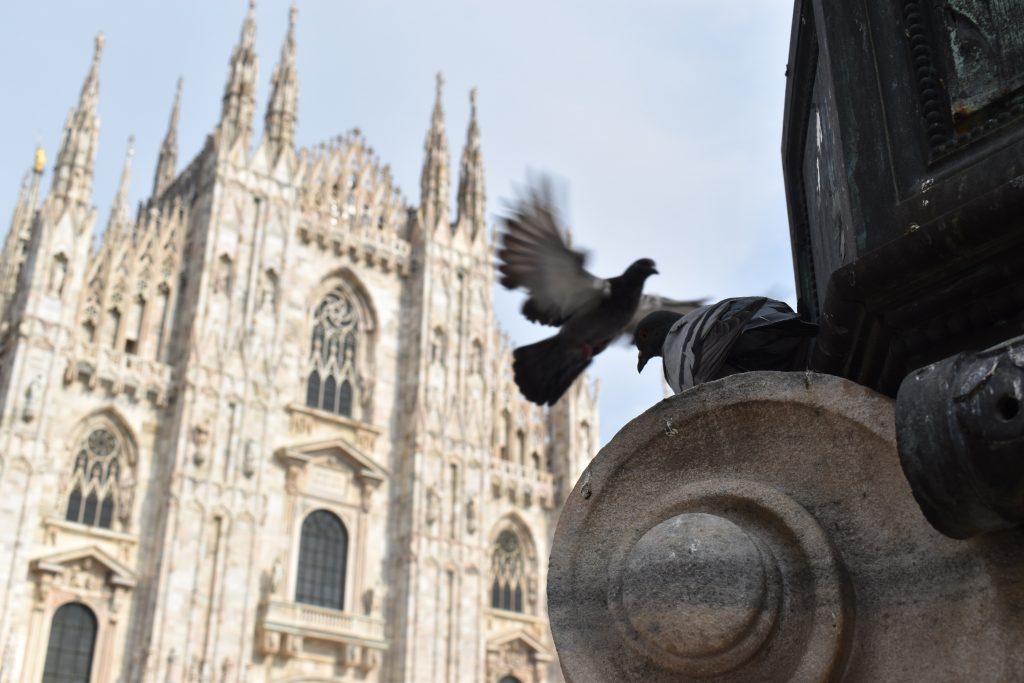
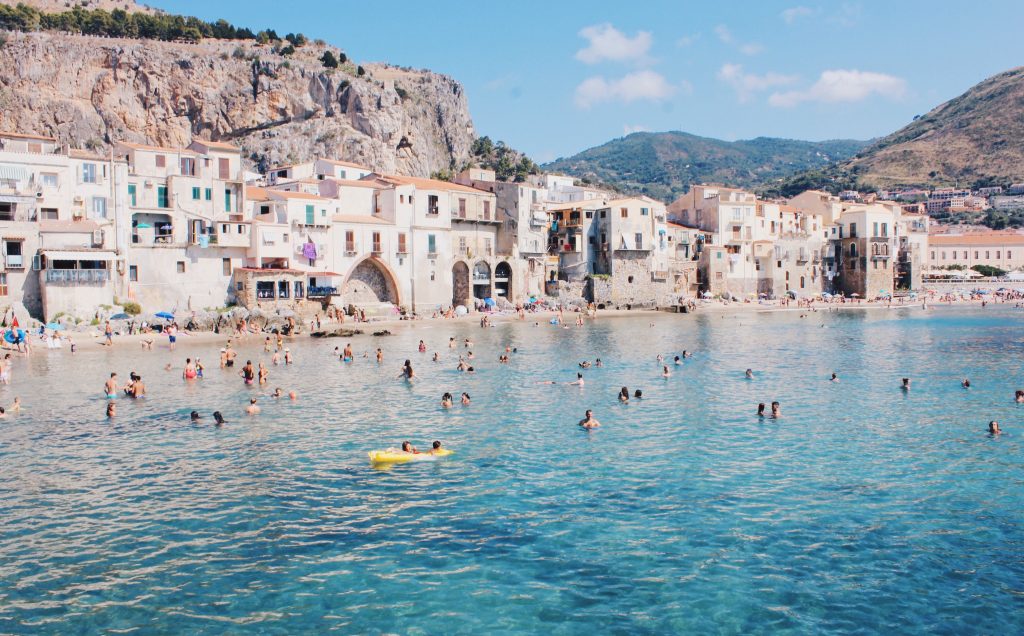
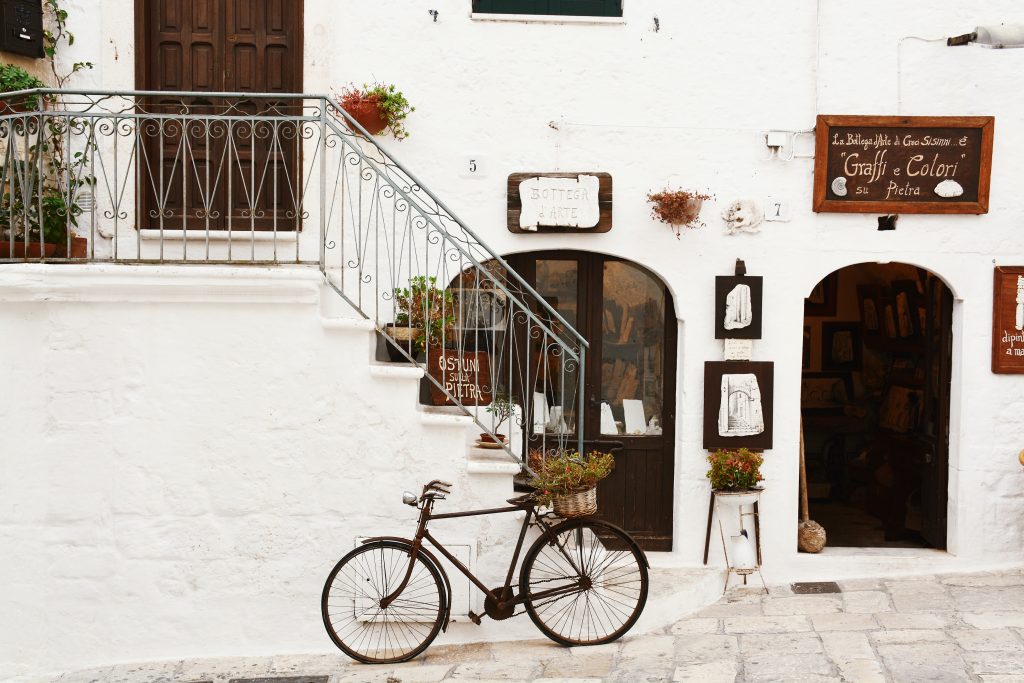
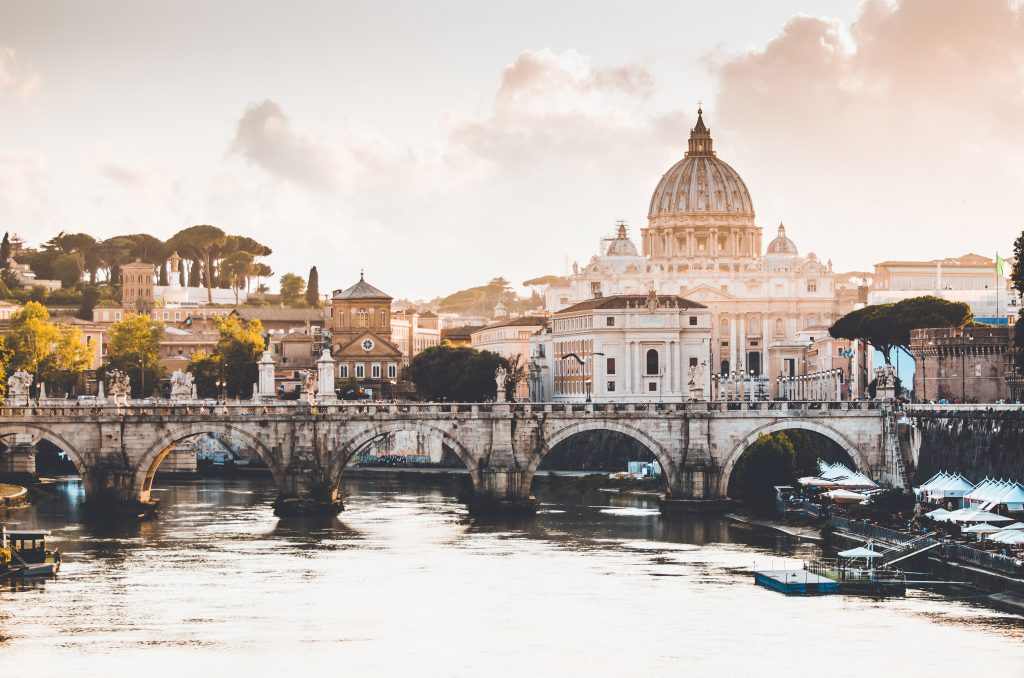
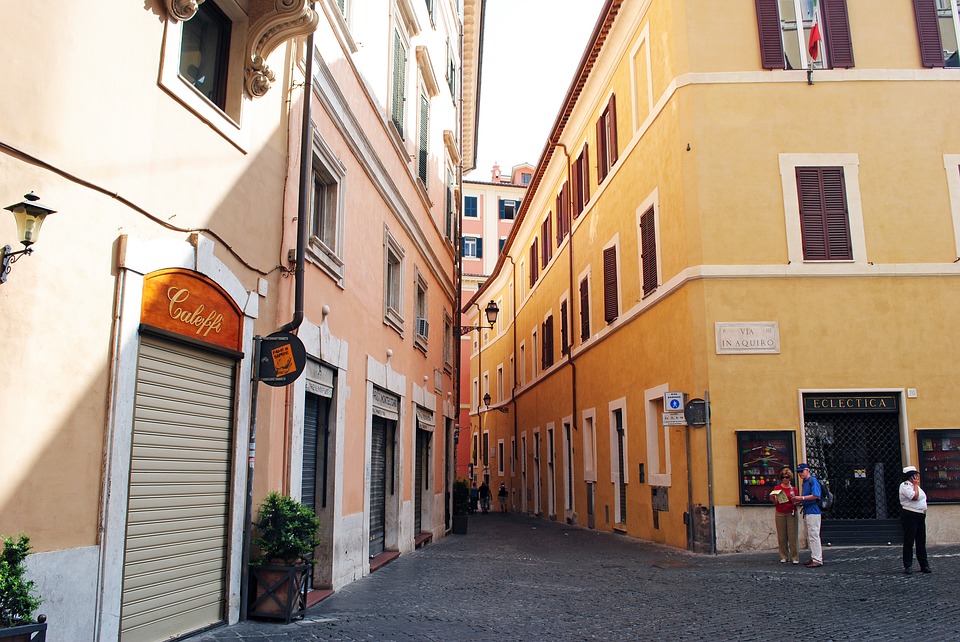
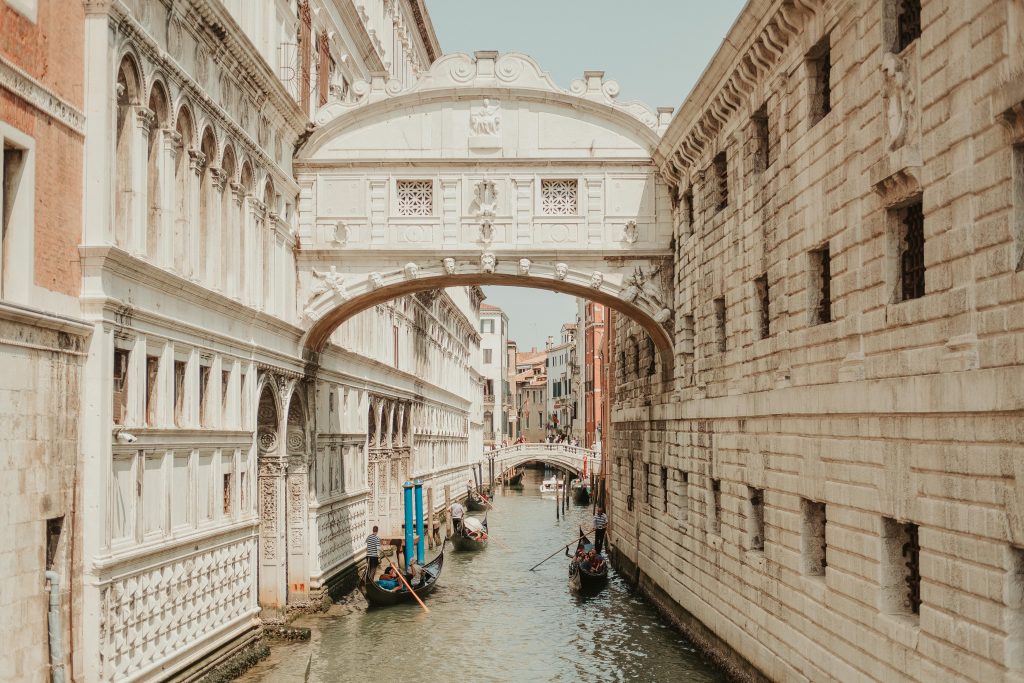


Leave a Reply